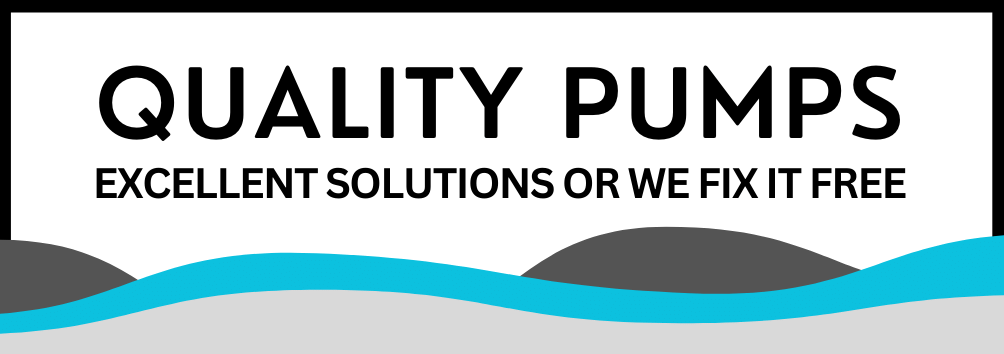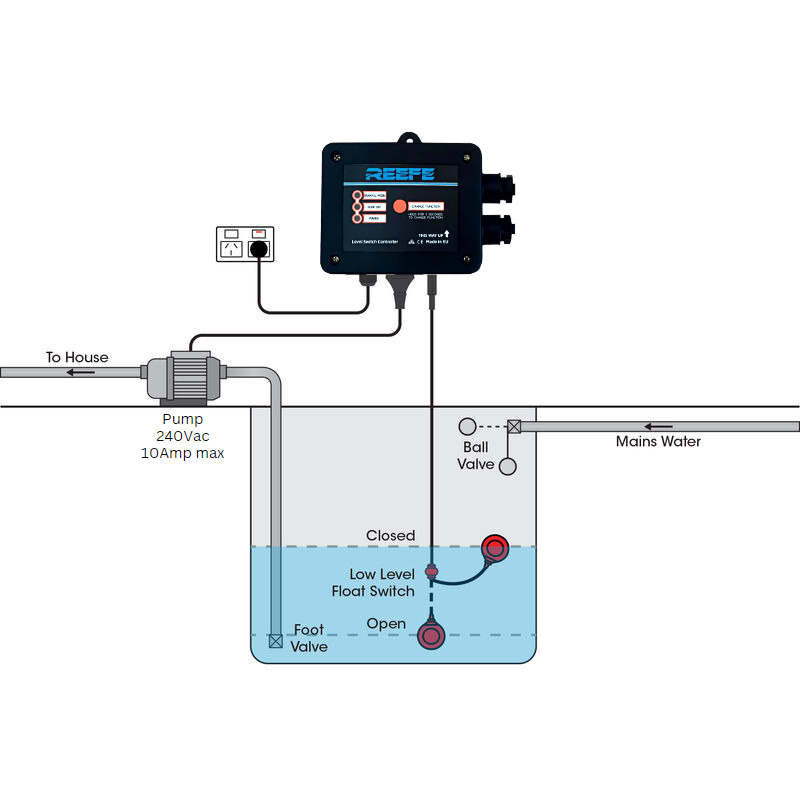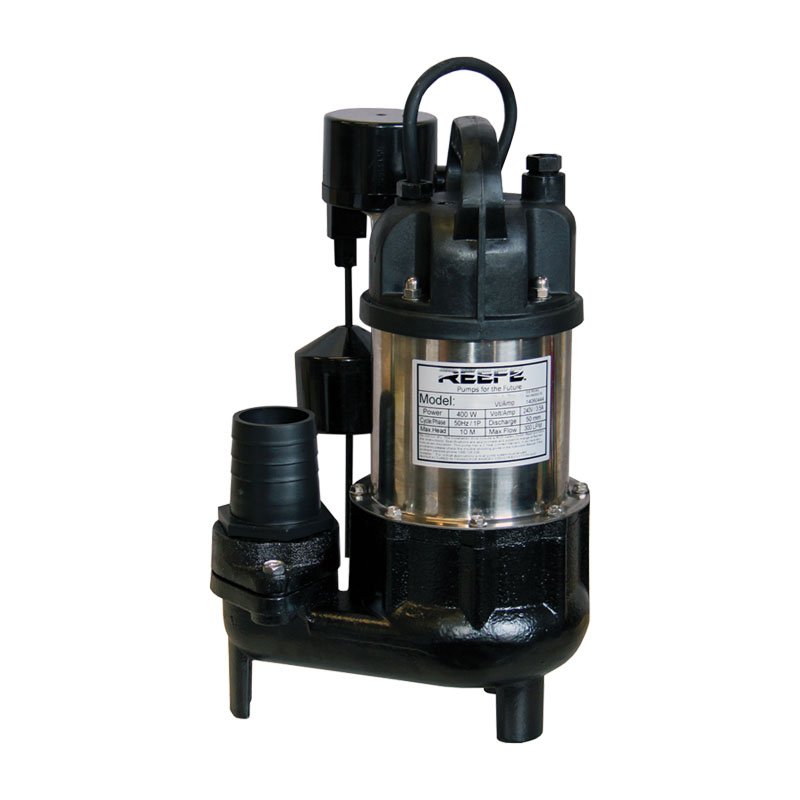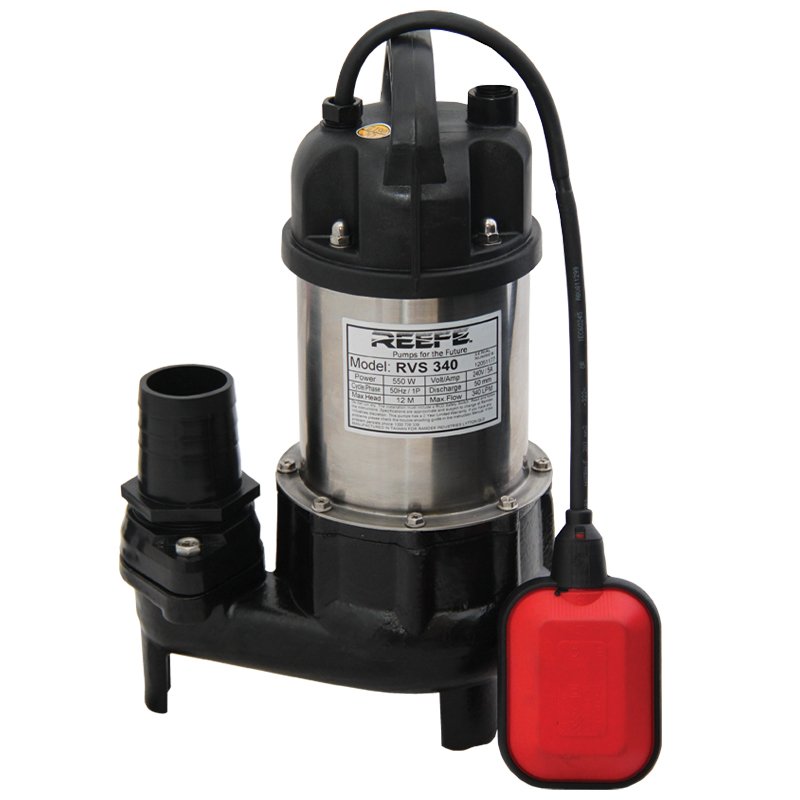Pool Pumps or Submersible Pumps for Cool Cell Systems?
When selecting the right pump for your cool cell system, you have two options: pool pumps or submersible pumps. Both have advantages and disadvantages, so it's essential to weigh the pros and cons before deciding. In this blog post, we'll explore the benefits of pool and submersible pumps and help you determine the better option for your cool cell system.
Pool pumps are more reliable than submersible pumps for evaporative cooling applications. This is because they can run dry without damaging the pump. For example, if you discover a leak has occurred overnight and drained the system in the morning, a pool pump would still work. On the other hand, a submersible pump running without water for that long will need to be replaced. This makes pool pumps a more reliable option for those who want to minimize downtime and avoid costly repairs.
Additionally, pool pump repairs are less costly than submersible pumps. This is because pool pumps are made up of components that can be replaced separately, such as the impeller and backwash filter. In contrast, submersible pumps are single units, meaning that if one part breaks, you must return the entire pump. However, you can easily replace the broken component with pool pumps without purchasing a new pump.
Pool pump repairs and service are also more straightforward than submersible pumps. The pool pump system is all above ground, so you can easily access and service it. In contrast, a submersible pump must be pulled from the sump for repairs. This can be a more challenging and time-consuming process, which makes pool pumps a better option for those who want a low-maintenance cooling system. Additionally, the drain plug on the pool pump allows for easy access for service and winterizing.
Another advantage of pool pumps is that they have an integrated backwash filter. This filter protects the pump from debris, which can cause damage to the pump over time. Submersible pumps do not come with a backwash filter, which means they are more susceptible to damage from debris. This makes pool pumps a better option for those who want to minimize pump maintenance and avoid costly repairs.
However, submersible pumps do have their advantages. They are designed to move wastewater from underground applications and low volumes with high head pressures. This means they are ideal for systems requiring high pressure to move water, such as deep wells or underground water sources. In contrast, pool pumps are designed to move larger volumes of water at reduced head pressures. This makes them a better option for evaporative cooling applications.
“Changing from submersible pumps to pool pumps greatly reduced my running costs”
One of the advantages cited for using a sump/submersible pump system is that the sump acts as an extra reservoir for the system. The bottom trough of a 25m long system holds about 1100L of water. A typical sump only has about 100L, an insignificant amount. The primary purpose of a sump area is to provide a place where a submersible pump can run in water so it doesn't burn up. While this may be true, it's important to note that pool pumps can still be used with a sump if necessary. You can use a separate pump to fill the sump and the pool pump to move the water through the cool cell system.
Both pool and submersible pumps have advantages and disadvantages. Pool pumps are more reliable, less costly to repair, and more accessible to service. They also come with an integrated backwash filter, which protects the pump from debris. Submersible pumps, however, are ideal for systems that require high pressure to move water.
Ultimately, the best option for your cool cell system will depend on your specific needs and circumstances. A submersible pump may be your better option if you have a high-pressure system. However, a pool pump may be the better choice if you want a low-maintenance system that is easy to service and repair. It's essential to consider factors such as cost, reliability, ease of service, and water volume when choosing between these two types of pumps.
It's also worth noting that there are other factors to consider when designing a cool cell system, such as the size of the system, the type of cooling media used, and the environmental conditions. These factors can impact the efficiency and effectiveness of the system, so it's essential to work with an experienced professional to design and install your cool cell system.
Whether you choose a pool pump or a submersible pump for your cool cell system, selecting a high-quality pump suited to your specific needs is crucial. By considering factors such as reliability, cost, ease of service, and water volume, you can select the best pump for your cooling needs. Then, with the correct pump and a well-designed system, you can create an efficient and effective cooling solution that will keep your livestock comfortable and healthy.





